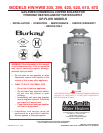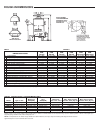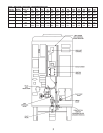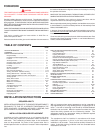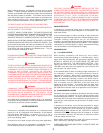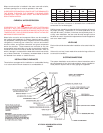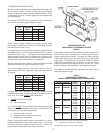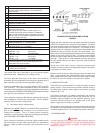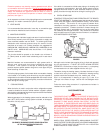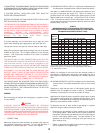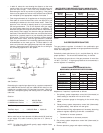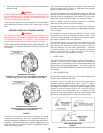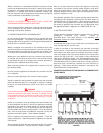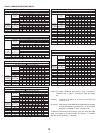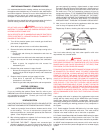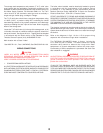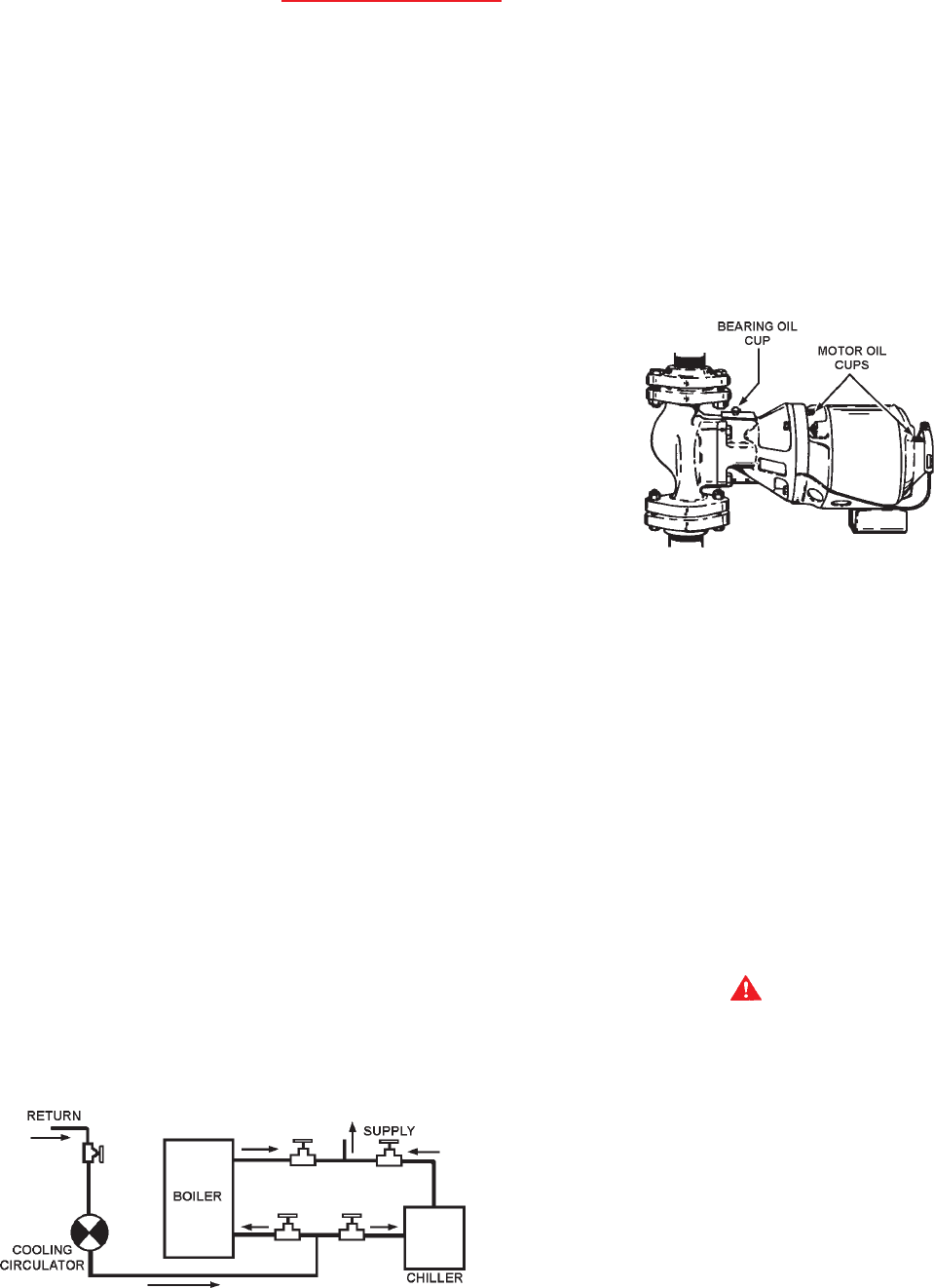
99
99
9
Excessive pressure may develop causing premature tank failure
or intermittent relief valve operation.
This is not a warranty failure.
An expansion tank or a similar device may be required in the inlet
supply line between the appliance and the meter or valve to
compensate for the thermal expansion of water under supply
pressure, see figure 1.
An air separator as shown in the piping diagrams is recommended
especially for modern commercial hydronic systems.
5. VENT VALVES
It is recommended that automatic, loose key or screwdriver type
vent valves be installed at each convector or radiator.
6. MANIFOLD HEADERS
Split systems with individual supply and return lines from the boiler
room should normally have this piping connected to supply and
return manifold headers near the boiler. To achieve good water
distribution with maximum pressure drop for several circuits,
manifolds of at least 2-1/2" (64mm) diameter are suggested on
HWB/HW-399, HWB/HW-420, HWB/HW-520, HWB/HW-610 and
HW-670 units. HWB/HW-300 units should have 1-1/2" (38mm)
diameter manifolds.
The circuits should be spaced on the header at a minimum of
3" (76mm) center to center. Install a balancing cock in each return
line.
Manifold headers are recommended for split systems with or
without zone valves and also those installations with zone
circulators. If the system is to be split at remote points, good
practice requires special attention be given to main pipe sizing to
allow balancing of water flow.
The boiler piping system of a hot water boiler connected to heating
coils located in air handling units where they may be exposed to
refrigerated air circulation must be equipped with flow control valves
or other automatic means to prevent gravity circulation of the boiler
water during the cooling cycle.
7. COOLING PIPING
When the boiler is used in conjunction with a refrigeration system
it must be installed so that the chilled medium is piped in parallel
with the boiler with appropriate valves to prevent the chilled medium
from entering the boiler, fig. 4.
Water temperature in the heating system must be reduced to less
than 100
0
F (38°C) before cooling system is started, or damage to
the chiller unit may occur.
SCHEMATIC SHOWING PROPER PIPING ISOLATION
OF THE BOILER FROM THE CHILLER
FIGURE 4
If the boiler is connected to chilled water piping or its heating coils
are exposed to refrigerated air, the boiler piping system must be
equipped with flow valves or other automatic means to prevent
gravity circulation through the boiler during the cooling cycle.
8. CIRCULATING PUMP
CONSTANT CIRCULATING PUMP OPERATION OF THE BOILER
VOIDS THE WARRANTY. Constant water flow through the unit will
“wash” away the copper’s natural protective coating. This is called
velocity erosion. This erosion is not as great a problem when
intermittent circulating operation is used per the recommended
installation procedure. Constant circulation of water through the
building’s system main is permissible as long as the water does
not constantly flow through the boiler. Only all bronze or stainless
steel circulators are to be used with the unit when it is installed in
HOT WATER SUPPLY SYSTEMS.
A TYPICAL CIRCULATING PUMP
FIGURE 5
Although each circulator that requires oiling is oiled and operated
by the manufacturer, IT MUST BE OILED AGAIN BEFORE
OPERATED. Oil the three oil cups (2 on the motor, 1 on the pump)
as instructed on the oil tube supplied with the unit, fig 5.
Thereafter, during the heating season, lubricate the three oil cups
at least once every four months. Combination heating-cooling
systems should be lubricated every four months year ‘round.
Use 2 or 3 teaspoonsful in bearing oil cups, fig. 5, and 10 or
12 drops in the motor oil cups. Use No. 20 non-detergent motor
oil.
Follow the same oiling procedure if a replacement circulator is
installed into the system.
GAS CONNECTIONS
WARNING
THIS BOILER IS NOT INTENDED TO OPERATE AT GAS SUPPLY
PRESSURE OTHER THAN SHOWN ON THE RATING PLATE.
EXPOSURE TO HIGHER GAS SUPPLY PRESSURE MAY CAUSE
DAMAGE TO GAS VALVES WHICH CAN RESULT IN FIRE OR
EXPLOSION. IF OVERPRESSURE HAS OCCURRED SUCH AS
THROUGH IMPROPER TESTING OF GAS LINES OR EMERGENCY
MALFUNCTION OF THE SUPPLY SYSTEM, THE GAS VALVES MUST
BE CHECKED FOR SAFE OPERATION. MAKE SURE THAT THE
OUTSIDE VENTS ON THE SUPPLY REGULATORS AND THE
SAFETY VENT VALVES ARE PROTECTED AGAINST BLOCKAGE.
THESE ARE PARTS OF THE GAS SUPPLY SYSTEM, NOT THE
BOILER. VENT BLOCKAGE MAY OCCUR DURING ICE BUILD-UP
OR SNOW STORMS.
WHEN LOCAL CODES REQUIRE A MAIN MANUAL SHUTOFF
VALVE OUTSIDE THE BOILER JACKET, A SUITABLE MAIN MANUAL
SHUTOFF VALVE MUST BE INSTALLED IN A LOCATION
COMPLYING WITH THOSE CODES.



